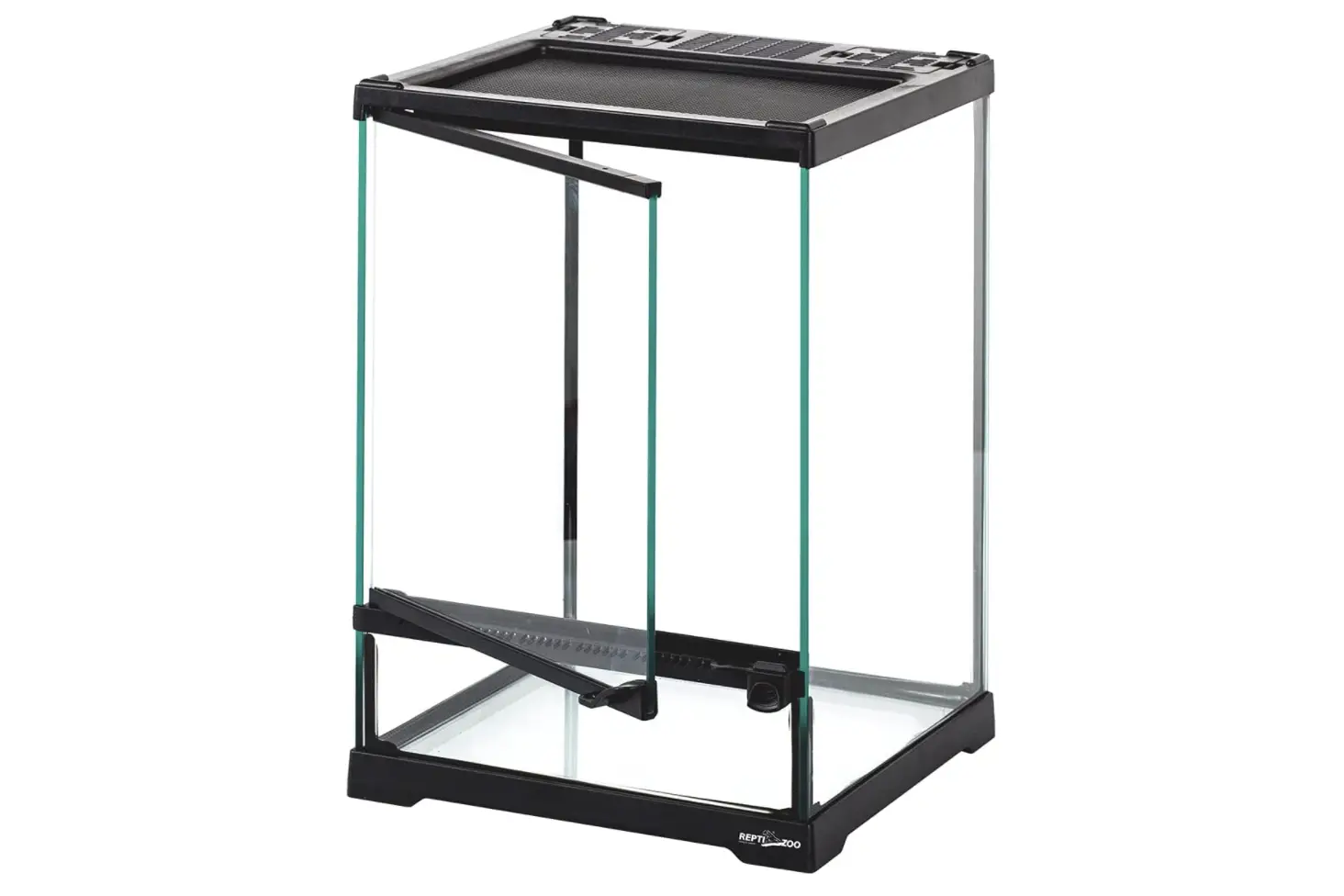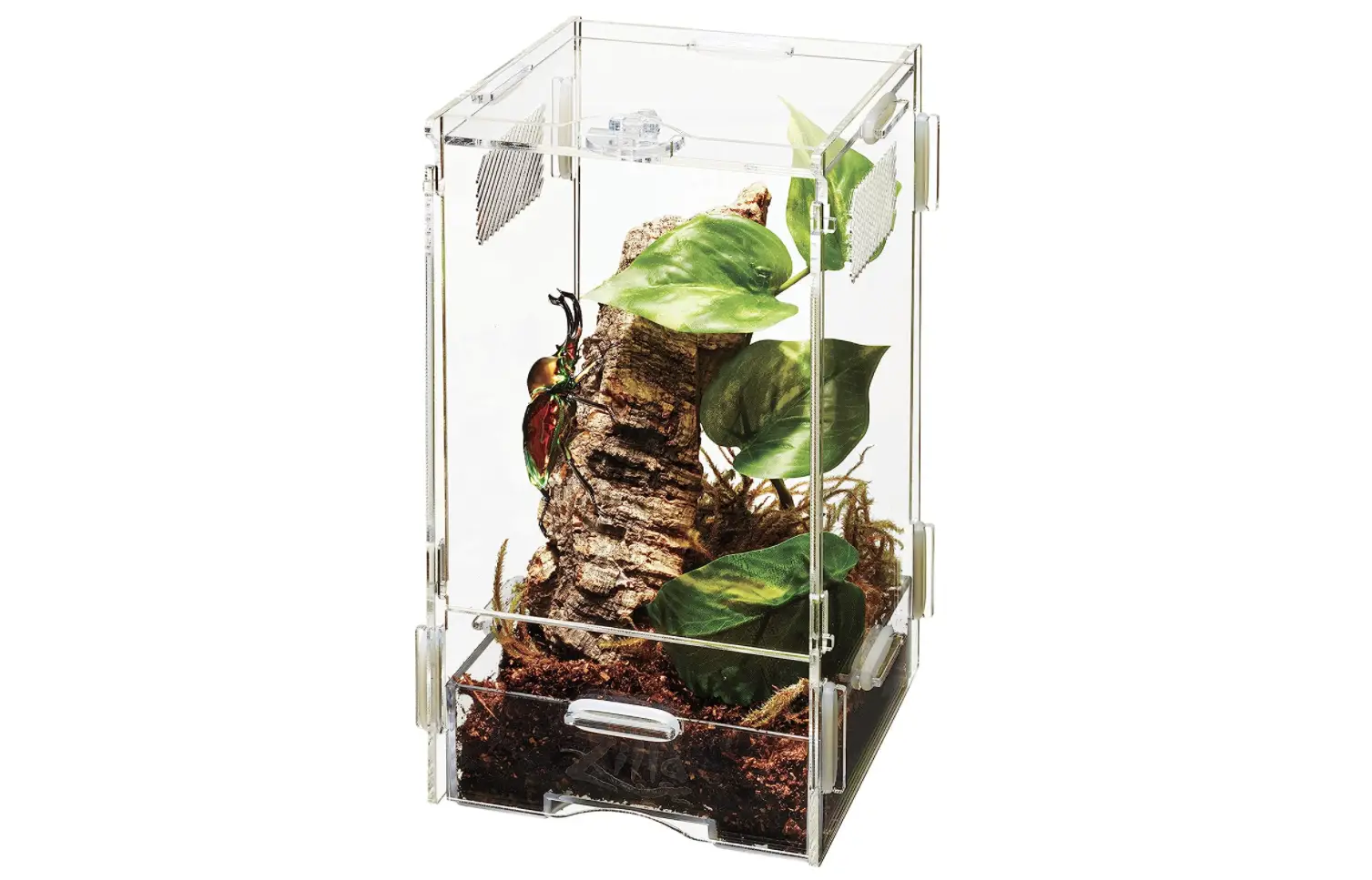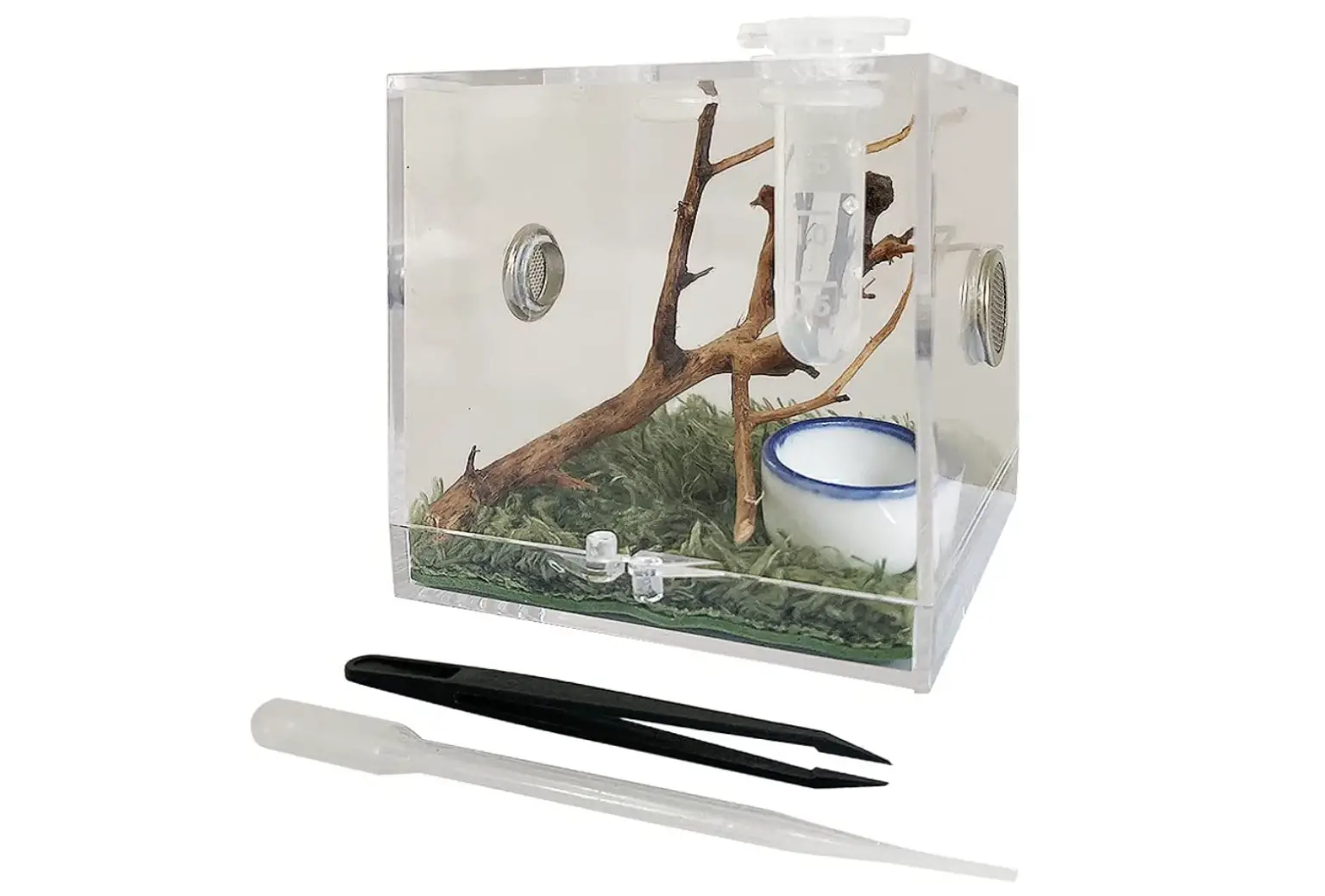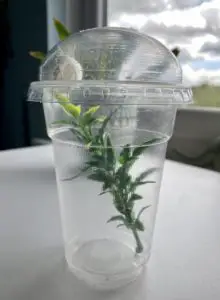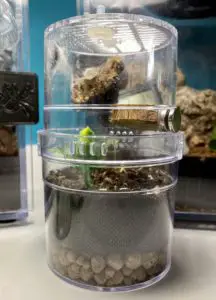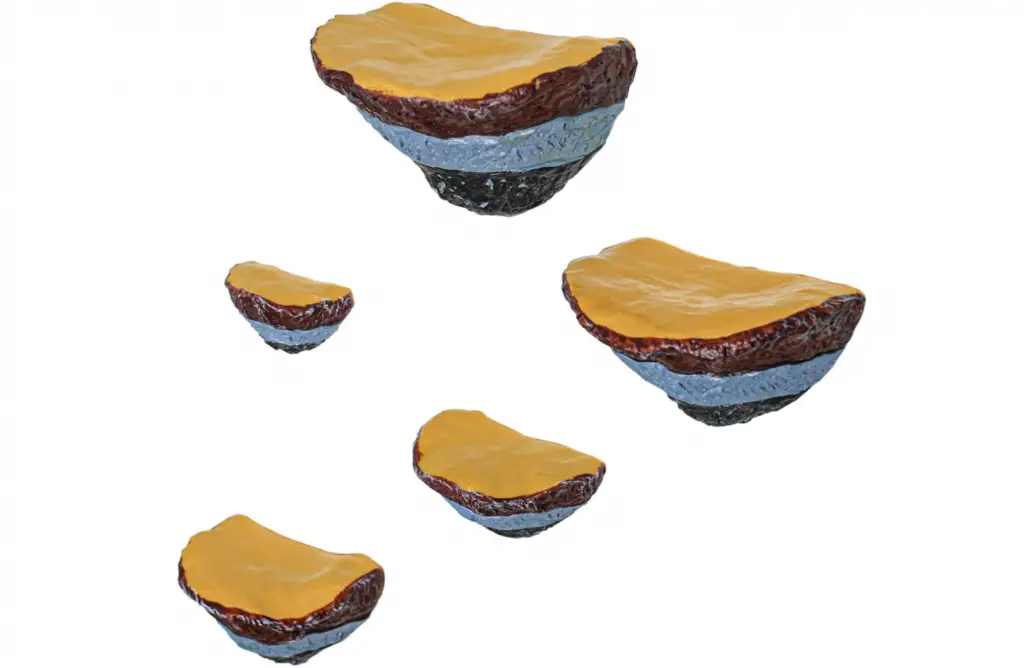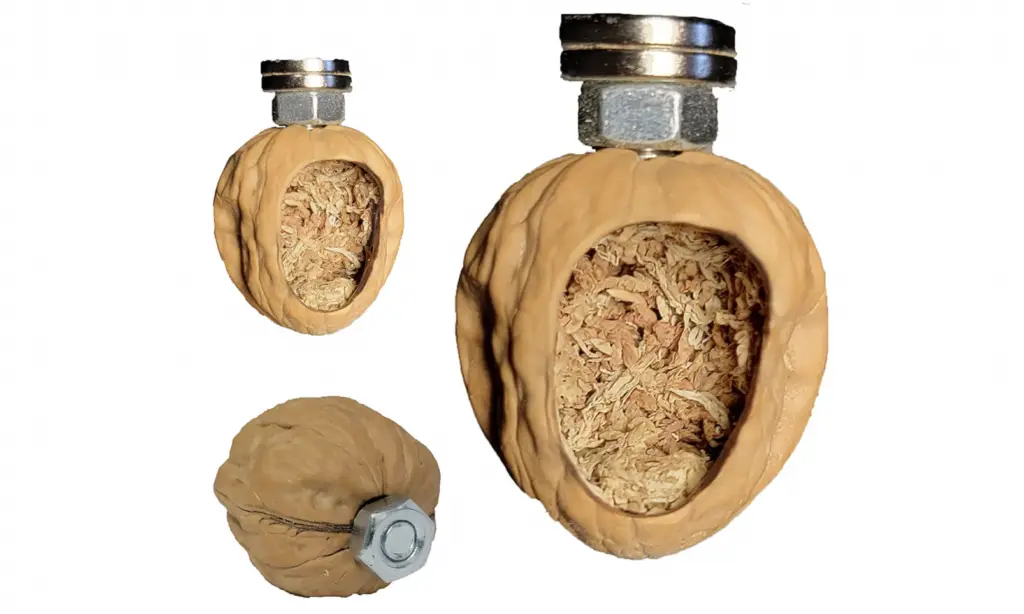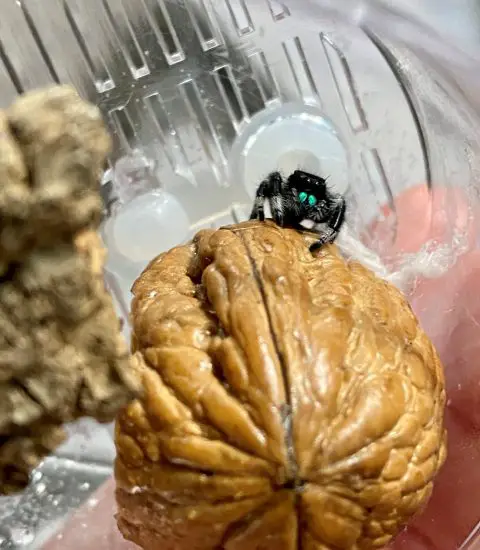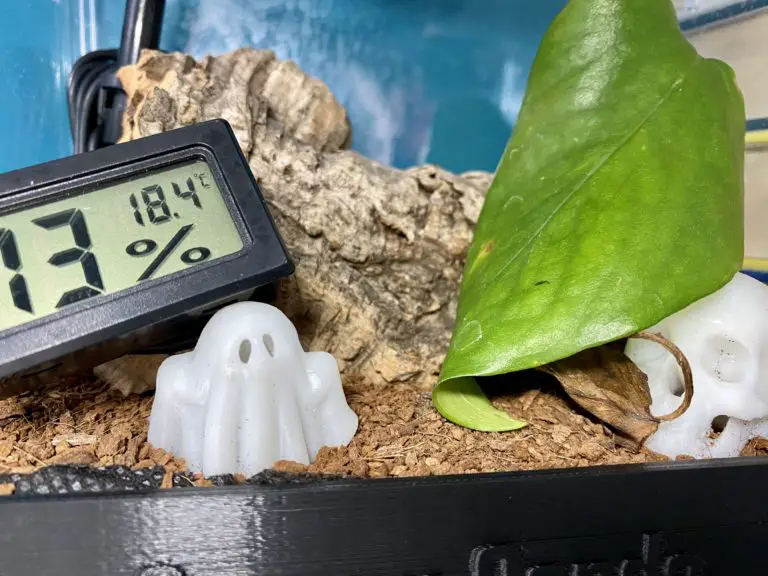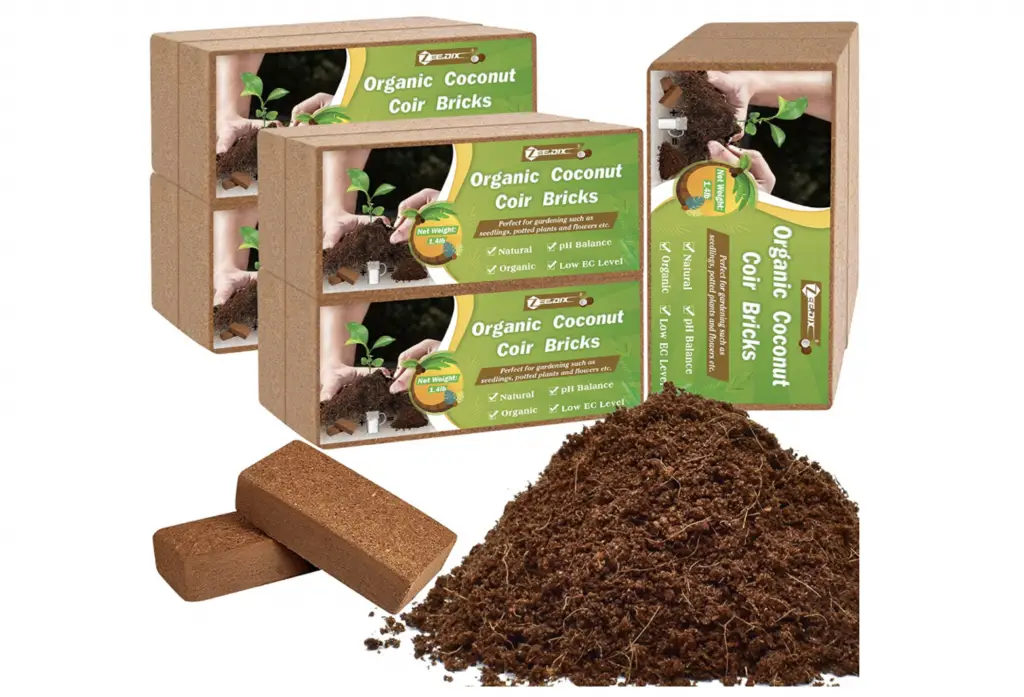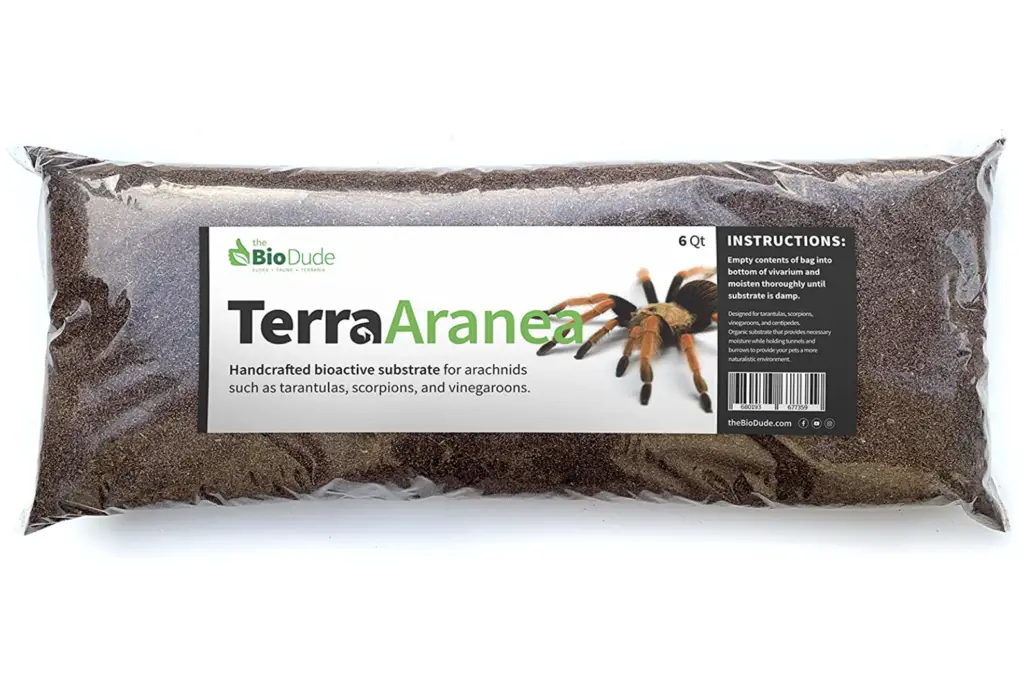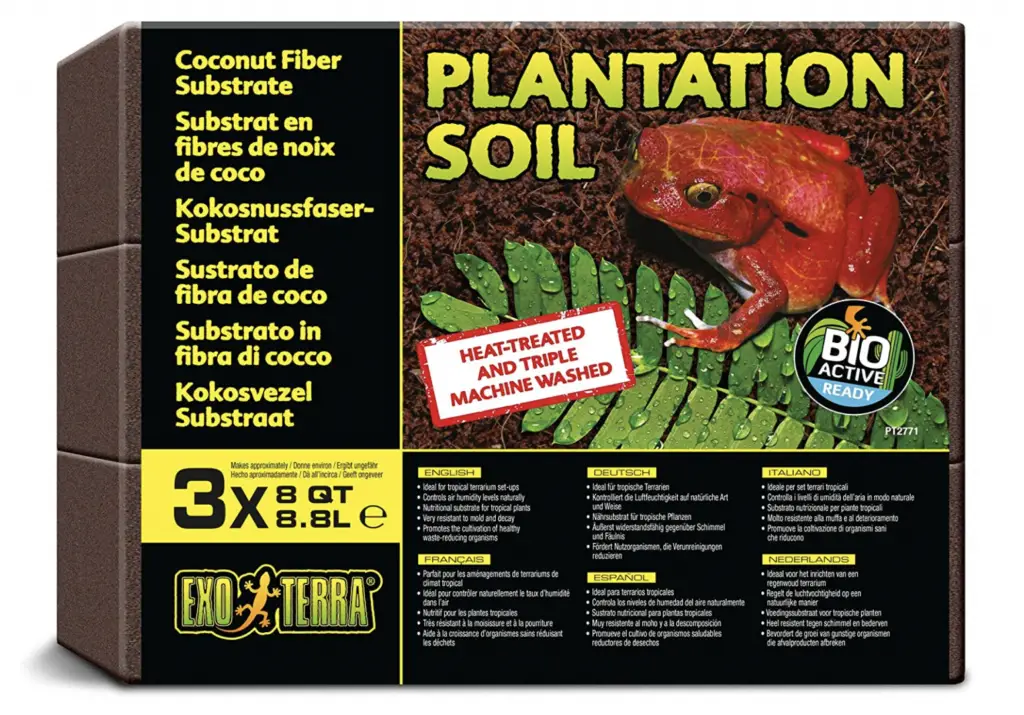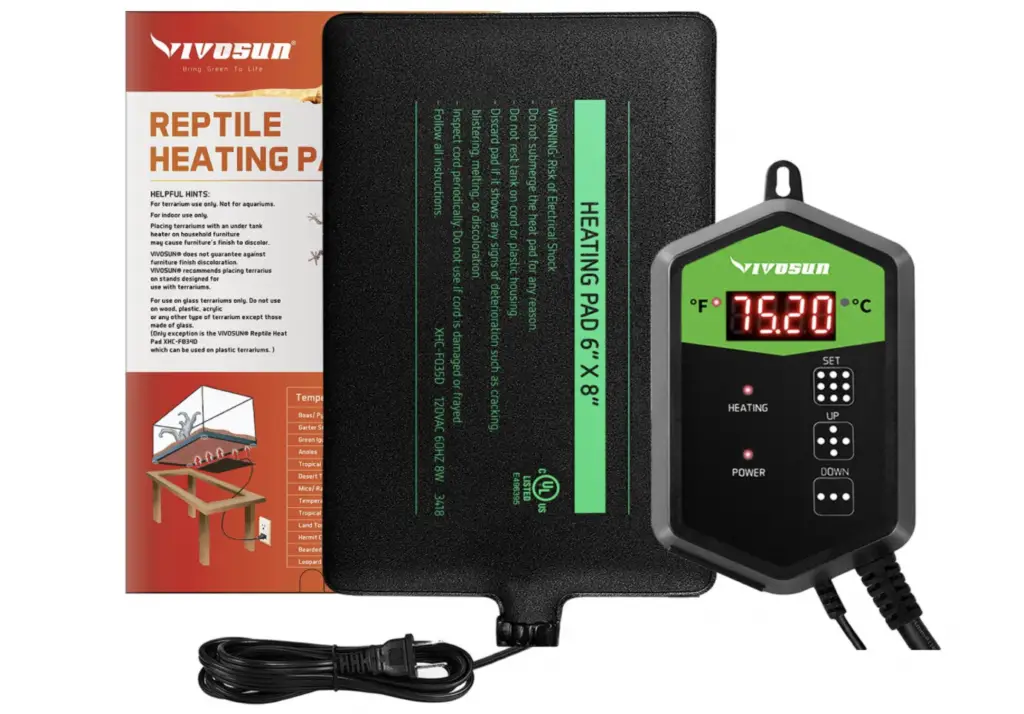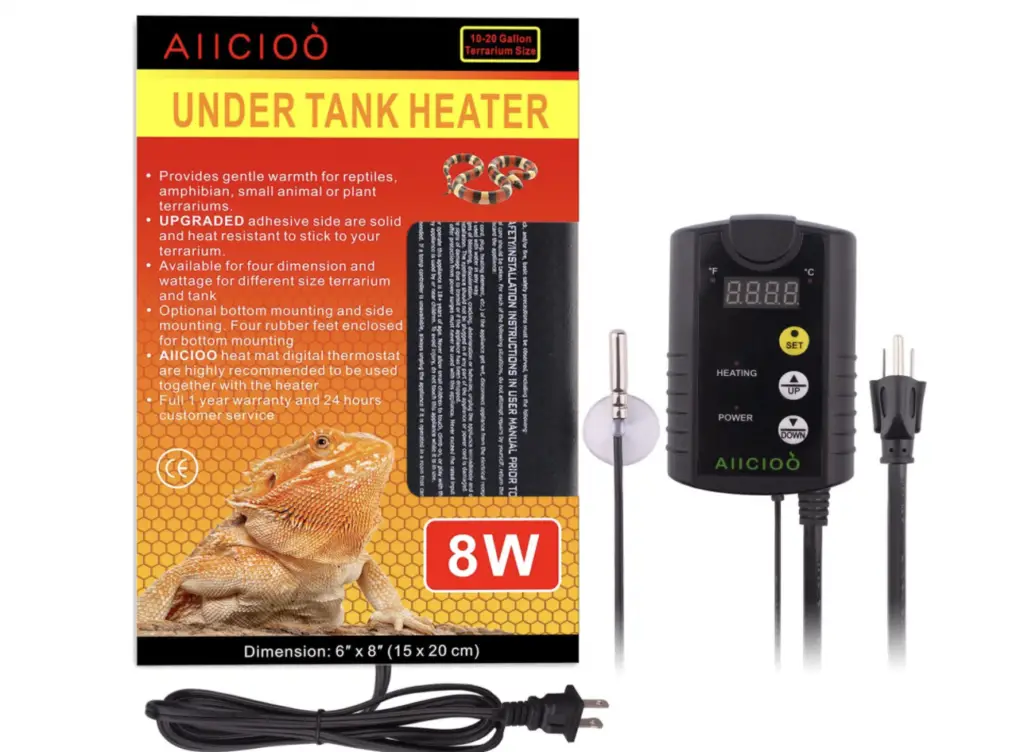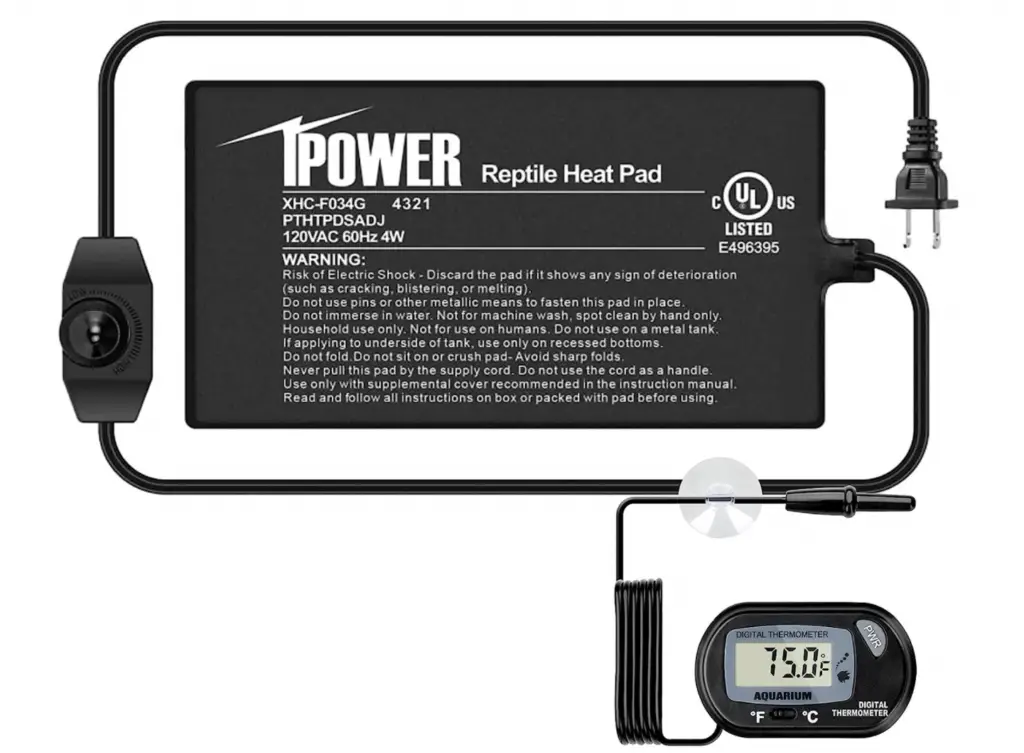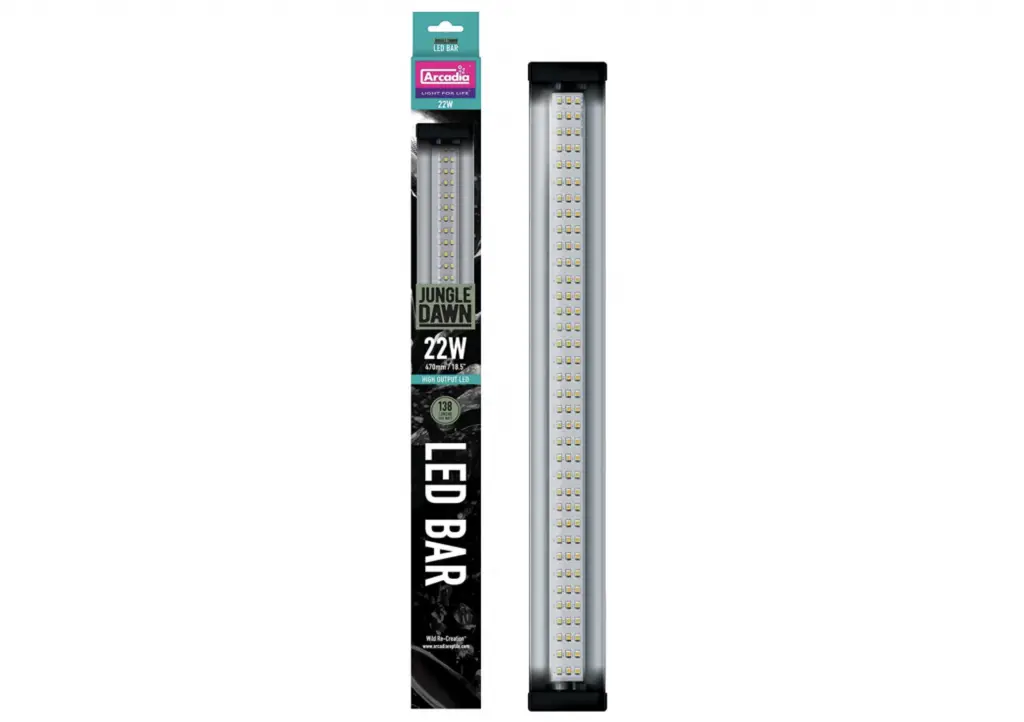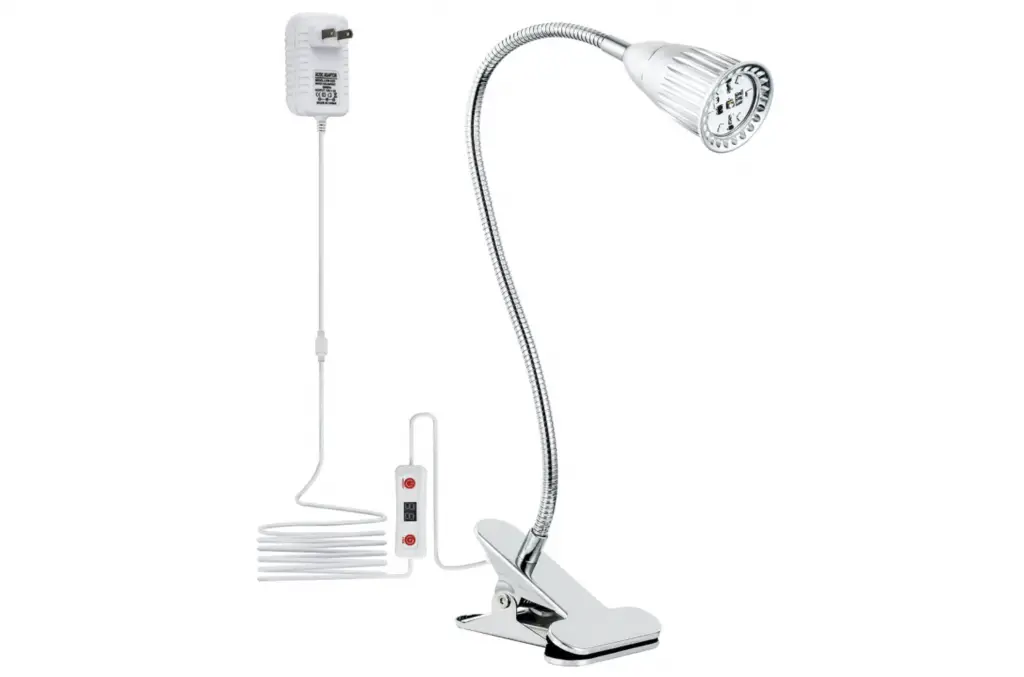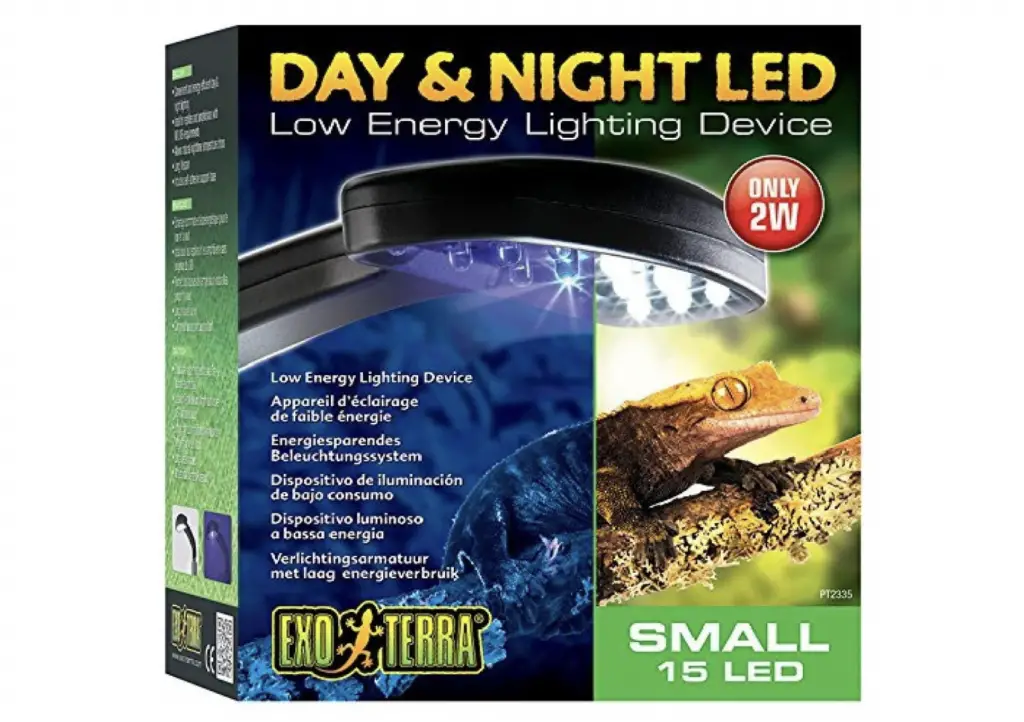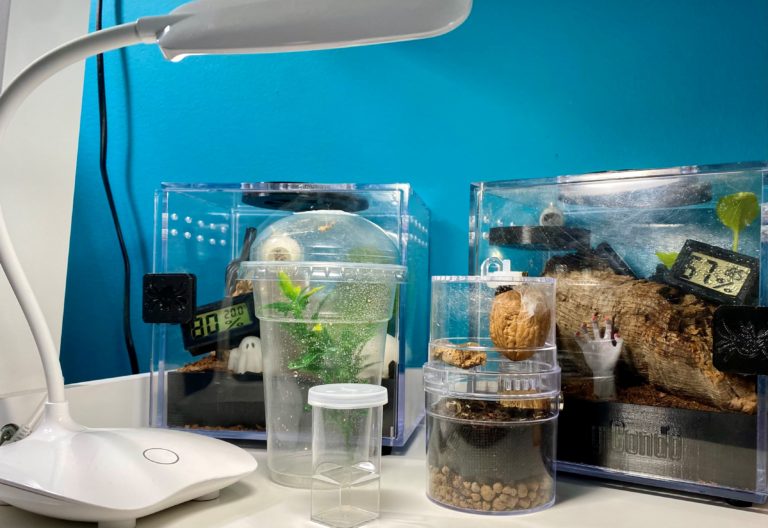Enclosure Set-Up for a Jumping Spider
Spiders Web HQ is reader supported, meaning that when you click on product links we may receive a small commission if a purchase is made.
The correct enclosure set-up for a jumping spider is essential, but there are various aspects to take into account before you decide which terrarium is right for you and your spider.
Just like with any other pet, you want to create a safe environment for your jumping spider to live in; knowing what they need in their enclosure is vital if you want to keep a healthy and happy jumping spider.
Enclosure Type
There are different types of enclosures available, depending on the budget, space, and spider you have.
Deli Cups
Deli – or smoothie – cups are excellent for baby jumping spiders, due to the variety of sizes you can buy and the easiness of piercing tiny ventilation holes on the sides and lid.
This can be one of the best options for owning your first spider, as you can up the cup’s size as your jumping spider grows. Deli cups, especially the small versions, are regularly used as sling enclosures for baby jumping spiders due to the mesh ventilation that can avoid escapees.
Terrariums
Spider terrariums are nifty enclosures. Terrariums come in acrylic and glass, and they are available in a range of sizes. It’s important to remember that jumping spiders are arboreal, meaning they like to climb, so it’s essential that you get a terrarium with a height of at least 10 inches.
Some terrariums have a mesh or screen top, which is ideal for jumping spiders, but if yours doesn’t, it’s not the end of the world.
You can even buy terrariums with small hatches on the top, which allows you to drop flies into the enclosure at feeding time without disturbing your jumping spider too much.
Acrylic vs Glass Terrariums
While a glass enclosure set-up for a jumping spider might be more aesthetically pleasing, it can be dangerous for your spider because if they were to fall and land on the glass, there is a chance that the jumping spider could be injured. There is also the risk breaking the enclosure.
Acrylic terrariums are safer for your spider, but they can be harder to clean than glass terrariums.
Enclosure Size
Similar to the spider’s other requirements, such as food, the size and the age of the spider will affect the size of the enclosure you should obtain. Right now, you might be wondering how big should a jumping spider enclosure be; as a rough guide, baby jumping spiders should be kept in a small enclosure, such as a deli cup, and adult jumping spiders should be kept in a terrarium with a height of at least 10 inches.
The minimum size of a jumping spider enclosure should be 10x10x15cm (or 4x4x6 inches). This will depend on the size and age of your spider.
However, you should do your research and make sure the specific jumping spider species you have can fit into the enclosure you’ve purchased. Some jumping spider species can grow over an inch in length, so it would be pointless buying an enclosure that’s only 6 inches tall if your spider will outgrow it in a few months. Some spiders that will require a larger enclosure include bold jumping spiders and regal jumpers.
As jumping spiders cannot be housed together, each pet spider should have its own enclosure.
Other Requirements
For your jumping spider to be happy within their new home, there are some more features that should be considered essential in the enclosure.
Ventilation Holes
Having ventilation holes on the top and sides of the enclosure allows air through, avoiding stagnated air. This ensures the risk of mould growth is minimum.
It is also essential to avoid your spider suffocating.
However, do ensure your spider cannot fit through the small holes, especially if you are keeping baby or juvenile spiders.
Enclosure Opening
The opening of the enclosure should ideally be away from where your spider will create its hammock from its webbing. This means that top-opening enclosures should be avoided as every time you open the enclosure, you risk destroying your spider’s nest.
Look for enclosures that open midway, with the top half of the enclosure being lifted off, or have a door at the front of the enclosure to avoid this issue.
Decorations
For many spider owners, jumping spider enclosure decor is one of the most fun aspects when creating the perfect set-up. This is where you can make an individual habitat for your eight-legged friend.
One of the main needs you want to fulfill is the spider’s need to climb. You can place a few sticks or cork bark within the enclosure. Incorporating fake plants – or real ones planted in the substrate, if you wish to set up a bioactive jumping spider enclosure – can create bright environments in jumping spider enclosures. Even using hides and ledges can allow them to climb and jump from different heights.
Some spider owners like to work towards a theme for their enclosures. For example, you could design an enclosure that resembles a jungle, tree trunk, or desert landscape. You could even take your favorite movie and buy decor similar to particular scenes. It’s up to you!
The most important thing to remember is that whatever decoration you add to the enclosure, you should ensure it is safe for your jumping spider. For example, avoid putting anything inside the enclosure that is coated in chemicals, as these could be harmful to your spider if they ingested them. There are plenty of online sellers specializing in decor for jumping spider enclosures; you can also search for tarantula enclosure decor, as these products will also be safe for jumpers.
Additionally, avoid putting anything inside the enclosure that can be knocked over easily and can injure your spider.
Substrate
The substrate, or flooring, of your spider’s enclosure isn’t as important as the other aspects, but it is still something to consider.
Your jumping spider will spend most of its time high above the ground, but it will sometimes come down to the bottom of the enclosure.
The substrate you place in the enclosure will affect the humidity of the enclosure and will create a home for microfauna, which you may or may not want to include. It should not retain a lot of moisture, as this could lead to mould growth. However, it also should not be too dry, as this could harm your spider.
There are different substrates you can use; some options are:
Soil
Coconut husk
Moss
Placement
The location of the enclosure in your home is another thing to keep in mind. If you have other pets or young children, you want to avoid them knocking the enclosures from the shelve or table they are on; for some larger dogs, this can easily happen with their tails.
Also, as mentioned previously, the enclosure will be better off out of direct sunlight, so you shouldn’t place it near a window. You should also keep the jumping spider enclosure away from radiators and additional heat sources, as this can cause the enclosure to overheat, harming the spider within.
Conditions Within Enclosures
There are certain conditions you need to maintain within the enclosure to keep your jumping spider healthy and comfortable.
Temperature
Depending on where you are located, you might need an additional heat source for your spider. Many areas should be fine at the average room temperature, but some places can drop to a temperature that is too low for your spider.
If you do need a heat source, you can buy a heat mat, which can be placed behind the enclosure. There should be space between the heat mat and the enclosure, however.
Ideally, the temperature inside the enclosure should be between 20 and 28C, but this can be slightly different depending on the species of spider. To ensure you maintain the right temperature, you might want to invest in a small thermometer and thermostat; this way, you can stick the probe on the back of the enclosure.
Lighting
For a jumping spider to hunt and eat successfully, there needs to be enough light. A great way to provide bright light without damaging your spider’s eyes is a LED lamp.
Try to avoid direct sunlight as this can significantly increase the temperature within the enclosure and might prove fatal to your jumping spider.
To achieve the right percentage of humidity in the spider enclosure, you should lightly mist one side of the enclosure with a spray bottle. For most jumping spiders, 40-50% humidity should be suitable.
When misting, avoid the side your spider spends most of its time, especially if the spider is out of their web or hide when you decide to mist. This will help you to sidestep mistakingly hitting your small pet with water drops that could hurt it.
Where to Get an Enclosure?
Buy an Enclosure
If you choose to buy an enclosure for your jumping spider, you can decide to either do so online or in exotic pet stores. Some of the more popular brands include Exo Terra, Mantis Den, Creepy Condos, and Zoo Med.
Build an Enclosure
Building a spider enclosure doesn’t need to be difficult; it can be as simple as creating a habitat inside a deli cup or display case. However, you need to ensure the enclosure meets the requirements stated previously, such as ventilation and opening.
Follow the simple steps here to build your very own jumping spider enclosure.
How to Clean a Jumping Spider Enclosure
Spider enclosures should be cleaned and aired out before the new spider is placed inside, especially if sealants or adhesives have been used when constructing the spider’s new home. It is encouraged to only use mild dish soap or white vinegar when cleaning the enclosure to avoid harmful chemicals affecting your jumping spider. Once the enclosure has been rinsed and dried, and there is no odor, the spider can be placed inside the enclosure.
Although your new pet’s enclosure will not require a deep clean regularly, spot cleaning should be completed often. Jumping spider poo and insect guts will build up on the enclosure walls and decor, so these should be wiped away with wet Q-tips. If you can, try to avoid touching webs or hammocks that the jumping spider has built; these are essential to helping the spider move around the enclosure and hide when required.

